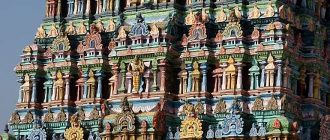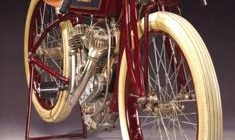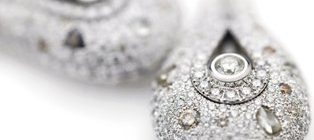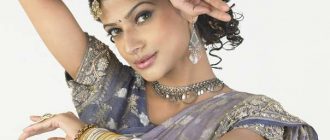Want to buy Indian religious oil paintings? Read on for facts and info on the various design elements and themes that are brought together to make an Indian religious oil painting…
Many people are familiar with the great stonework religious figures and statues from ancient India. However, modern depiction of Hindu religious icons and figures derives almost solely from a body of work from the late nineteenth and early twentieth centuries by Indian painters dabbling in the newly imported medium of oil. We shall look at some religious oil paintings that have come to symbolize Hindi myth and its characters to the whole Indian nation.
Traditional Religious Indian Art
Indian petroglyphs or paintings etched or engraved into stone date as far back as fifty five hundred years ago. Buddhists then popularized the art of cutting statues into rock faces in caves. This art form was subsequently taken up by the Hindus and Jains to portray their religious figures as well. The next advancement was the limestone based frescoes or murals which were painted on temple walls. The Mughals brought the miniature style of painting from Persia but these were rarely of a religious nature.
Oil Painting Comes to India
Oil paints came to India with the English invaders in the nineteenth century. The medium had evolved in Afghanistan from the fifth to the ninth centuries and had travelled to Holland in the twelfth century and then to the whole of Europe by the time of the Renaissance where it supplanted the traditional egg and water based paints from the fifteenth century onwards.
Raja Ravi Varma
Raja Ravi Varma was born in 1948 to scholar and poet parents in the royal family of Travancore at Kilimanoor Palace and had the patronage of his relative the Maharajah Ayilyam Thirunal. He learned the techniques of modern European art and used oil painting as a medium to depict the local women of his beloved South India as well as religious scenes from the Indian mythological epics the Mahabharata and Ramayana.
Raja Ravi Varma Paints Religious Motifs in Oil
Most of the scenery and the heroic mythological figures in Raja Ravi Varma’s oil paintings are modeled after the landscape of his native land and the beautiful sari-clad women of the local country. His favorite mythological religious characters are the heroines Shakuntala, Draupadi, and Damayanti from the Mahabharata. These depictions of the religious characters, gods, goddesses, and the fanciful events from the Mahabharata and Ramayana are so ingrained in the Indian psyche that television and film depictions of mythological Hindu characters follow his paintings almost exactly. Even heroes and heroines are almost subconsciously cast to match those he portrayed in his paintings.
Probably the most famous painting by Raja Ravi Varma is Shakuntala which features the heroine searching for her husband Dushyanta. Other famous religious oil paintings from Raja Ravi Varma are Draupadi Dreading to Meet Kichaka, Draupadi Carrying Milk Honey, Draupadi Humiliation, Damayanti Talking to a Swan, Lakshmi, Saraswati, Arjuna and Subhadra, Shakuntala Despondent, Shakuntala Composing a Love Letter to King Dushyanta, Yashoda Decorating Krishna, Lord Krishna as Ambassador, Jatayu a Bird devotee of Lord Rama is Mauled by Ravana, Victory of Indrajit, and Lord Rama Conquers Varuna.





